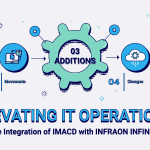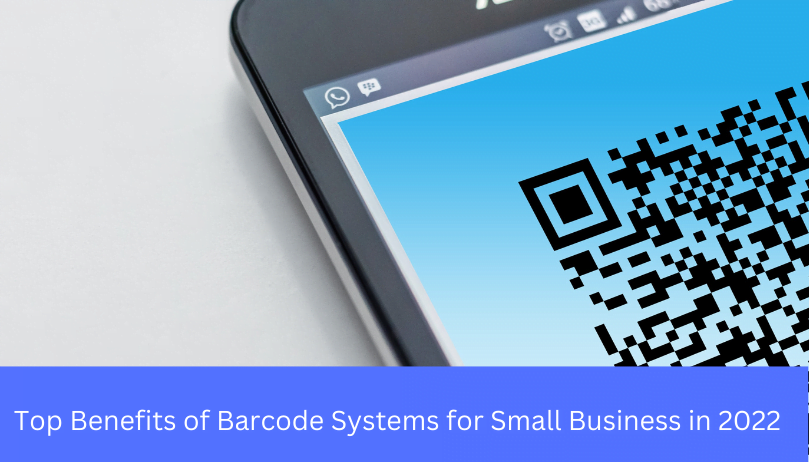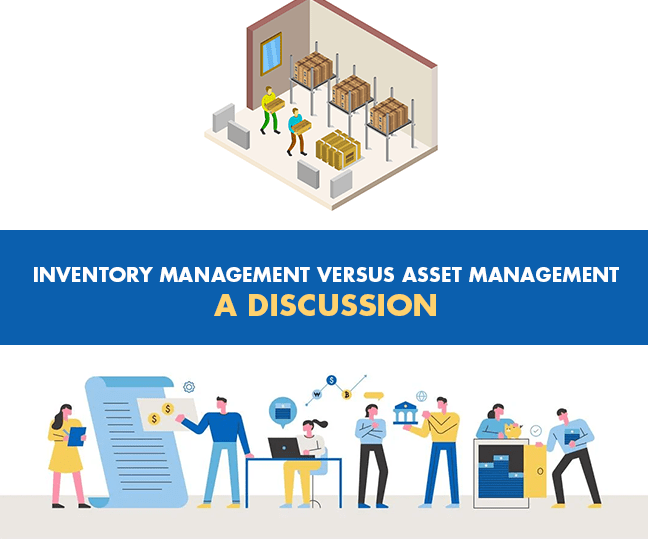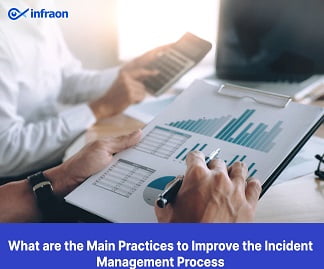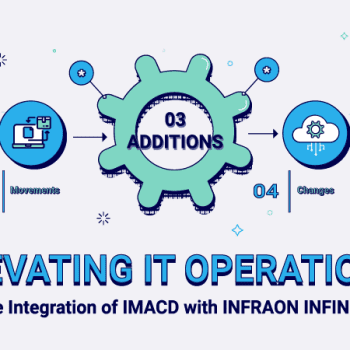Software as a Service (SaaS) is an integral component of the digital-centric world, delivering scalable solutions, remote operability, and financial leanness. Yet, the administration of extensive SaaS licenses presents complex challenges. It necessitates careful tracking of user engagement, renewal processes, adherence to regulatory compliance, and cost optimization strategies.
Of course, AI has emerged as an important tool in refining the management of SaaS licenses, enabling better procurement processes and thorough automation of renewal protocols. Before we understand AI’s role, let’s address the challenges.
Related article: SaaS License Management
What is SaaS license management?

SaaS license management is the process of overseeing and managing software licenses that an organization procures and utilizes in a SaaS model. This involves tracking the acquisition, deployment, maintenance, utilization, and disposal of software subscriptions within the corporate ecosystem.
SaaS license management ensures compliance with software vendor contracts, prevents overspending by avoiding redundant or underutilized licenses, and maintains an optimized inventory of software assets to meet the organization’s operational demands.
Read our related blog Software License Management
Current challenges of SaaS license management
SaaS license management has always been perceived as manual, time-consuming, and prone to errors. So, organizations have faced challenges such as:
- Overlapping subscriptions: Decentralized procurement often leads to duplicate SaaS purchases across departments. AI-driven management systems detect and report redundancies, enabling unified license handling and procurement strategies.
- Underutilization: AI tools monitor and report on SaaS utilization, highlighting underused subscriptions for reallocation or termination. This ensures financial resources are allocated to tools that provide actual value.
- Compliance risks: Automated AI systems perform continuous compliance checks against licensing agreements to prevent breaches. Alerts notify administrators of discrepancies for timely remediation, reducing the potential for fines.
- Renewal overheads: AI applications track and manage renewal timelines, automating alerts to prevent missed deadlines. They provide insights on usage trends to inform renewal decisions, avoiding unnecessary auto-renewals.
What can AI power do for license management?
Automating discovery and inventory
AI algorithms can automatically discover and inventory all SaaS subscriptions across the organization. This centralized visibility prevents overlap and ensures that every license is accounted for. By leveraging machine learning, these systems can classify and categorize licenses, providing insights into the distribution of software resources.
Additionally, they can identify unused or underutilized licenses, enabling IT administrators to make informed decisions about software reallocation or termination.
Predictive analytics for utilization
AI systems analyze usage patterns to predict future needs. It ensures that organizations only pay for what they need, reducing waste. The predictive models can identify seasonal trends and usage spikes, allowing for dynamic adjustment of licenses. Moreover, these analytics can inform budget forecasting and support strategic planning, ensuring that SaaS resources align with long-term business objectives.
Better compliance management
AI can continuously monitor license compliance, alerting managers to any deviations that could lead to non-compliance. This proactive stance is essential in an era where software licensing terms can be complex and subject to change. The AI-driven systems can also automate the generation of compliance reports, making it easier to demonstrate adherence to auditors and reduce the administrative burden on staff.
Intelligent renewal management
AI can provide timely reminders and even suggest negotiation points for better deals by tracking renewal dates and terms. This intelligent system goes beyond mere reminders by analyzing contract terms to recommend the most cost-effective renewal options. It can also interface with vendor systems to automate the renewal process, potentially securing early bird discounts or preventing lapses in service due to missed renewal deadlines.
Steps to implement AI-powered SaaS license management
Centralize SaaS inventory
Begin by consolidating all SaaS subscriptions into a single, centralized inventory system. This repository should accurately reflect current licensing states and serve as the authoritative record for all SaaS engagements. It must be structured to track details such as expiration dates, usage entitlements, and specific terms of service for each software subscription.
Integrate AI tools
Deploy AI-powered tools that are designed to seamlessly integrate with your centralized inventory. These tools should not only update the inventory automatically as changes occur but also can sync with procurement and finance systems. This ensures a cohesive flow of information and enables real-time visibility into the organization’s SaaS landscape.
Analyze usage data
Implement AI algorithms to scrutinize usage statistics and discern patterns indicative of current and future consumption. This analysis must be granular, assessing each application’s adoption rate and peak usage times. The insights gained from this analysis are instrumental in driving data-backed procurement strategies and ensuring efficient license utilization.
Automate compliance checks
Establish a framework for automated compliance monitoring using AI systems. These should actively audit the SaaS inventory against compliance standards and licensing terms to preemptively signal any potential breaches. The AI’s continuous oversight facilitates immediate corrective actions, thus maintaining the organization’s compliance posture.
Optimize renewals
Activate AI-driven renewal management protocols that provide advance notifications of upcoming renewals, accompanied by strategic renewal options based on historical data analysis. These systems should not only prompt action but also deliver actionable intelligence, such as identifying opportunities for consolidation or renegotiation to secure the most favorable terms.
Benefits of AI-powered SaaS license management
- Cost savings: AI-driven SaaS management tools analyze subscription utilization, highlighting underused licenses for cost-saving cutbacks. They streamline the procurement process by recommending optimal software packages, potentially reducing overall SaaS spend.
- Time savings: Automation of license monitoring tasks liberates IT personnel for higher-value work, minimizing manual oversight of subscription renewals and compliance. AI’s capacity to manage these functions translates into a leaner, more focused IT operation.
- Risk mitigation: AI platforms continuously oversee license utilization, ensuring adherence to terms and reducing the likelihood of costly non-compliance issues. They proactively alert to discrepancies, allowing for swift resolution before breaches escalate.
- Data-based decision-making: Leveraging AI for license management provides actionable insights from usage patterns, empowering decision-makers to align SaaS procurement with actual business needs. This strategic approach to software acquisition and renewal is grounded in solid data analytics.
Related blog: Importance of Tracking Software Licenses with IT Asset Management Software
Looking forward
The integration of AI into SaaS license management is not just a trend but a strategic move towards smarter, more efficient software asset management. In the future, we can expect even more advanced capabilities, such as real-time license optimization and automated negotiation bots.
The reality is that even today, AI is enabling businesses to optimize their SaaS investments and focus on growth. In an increasingly SaaS-dominated world, AI-driven license management has already become a key component.











